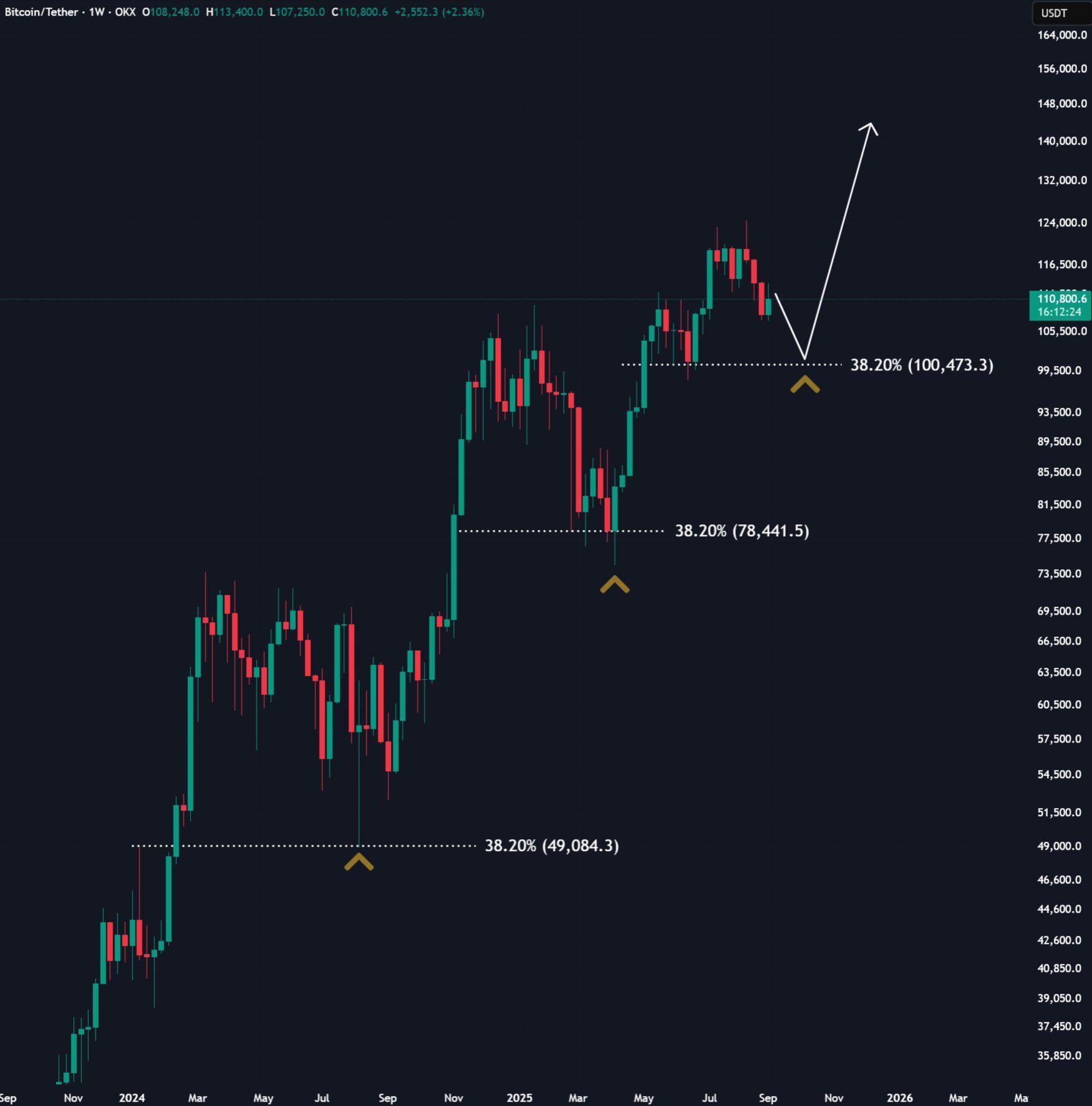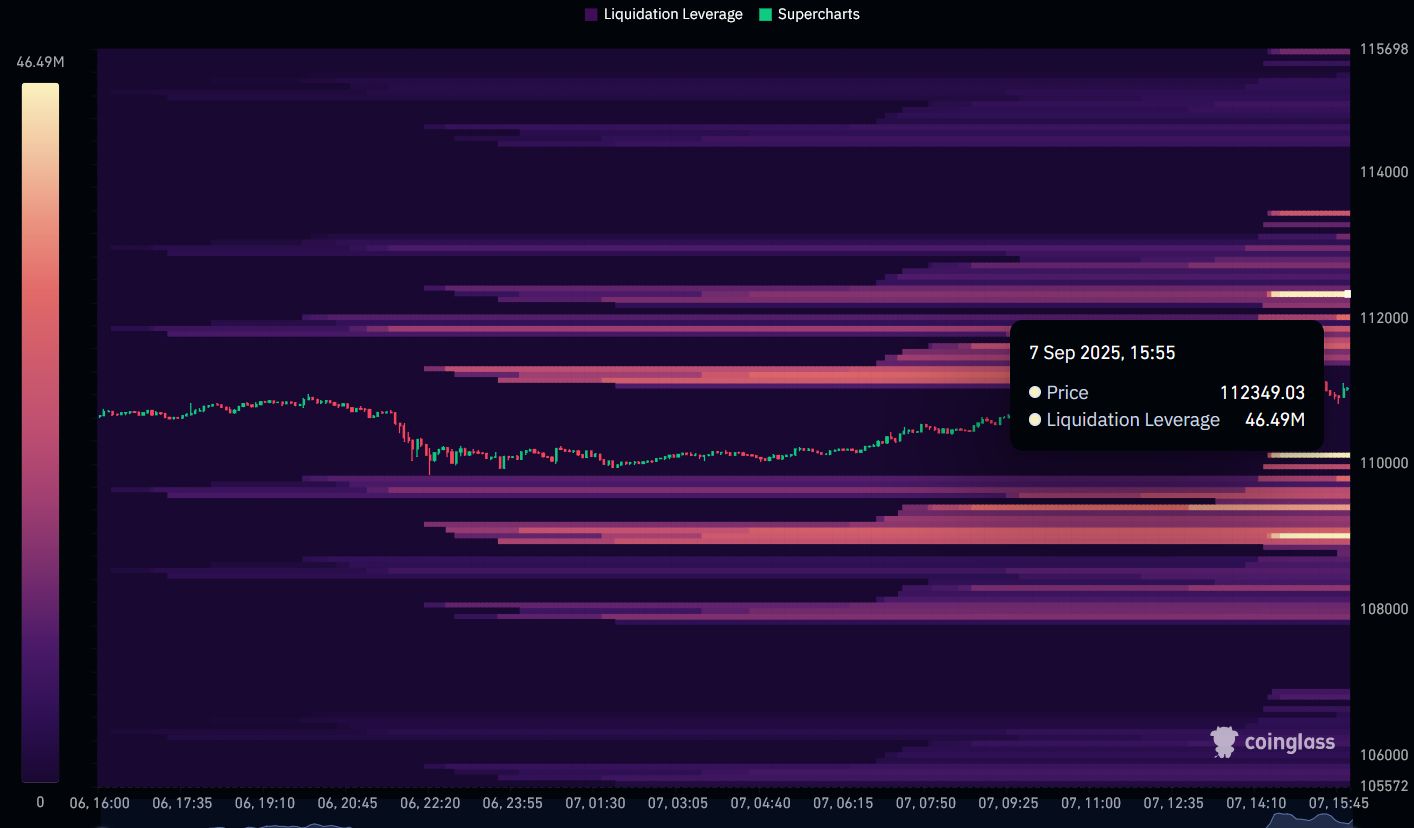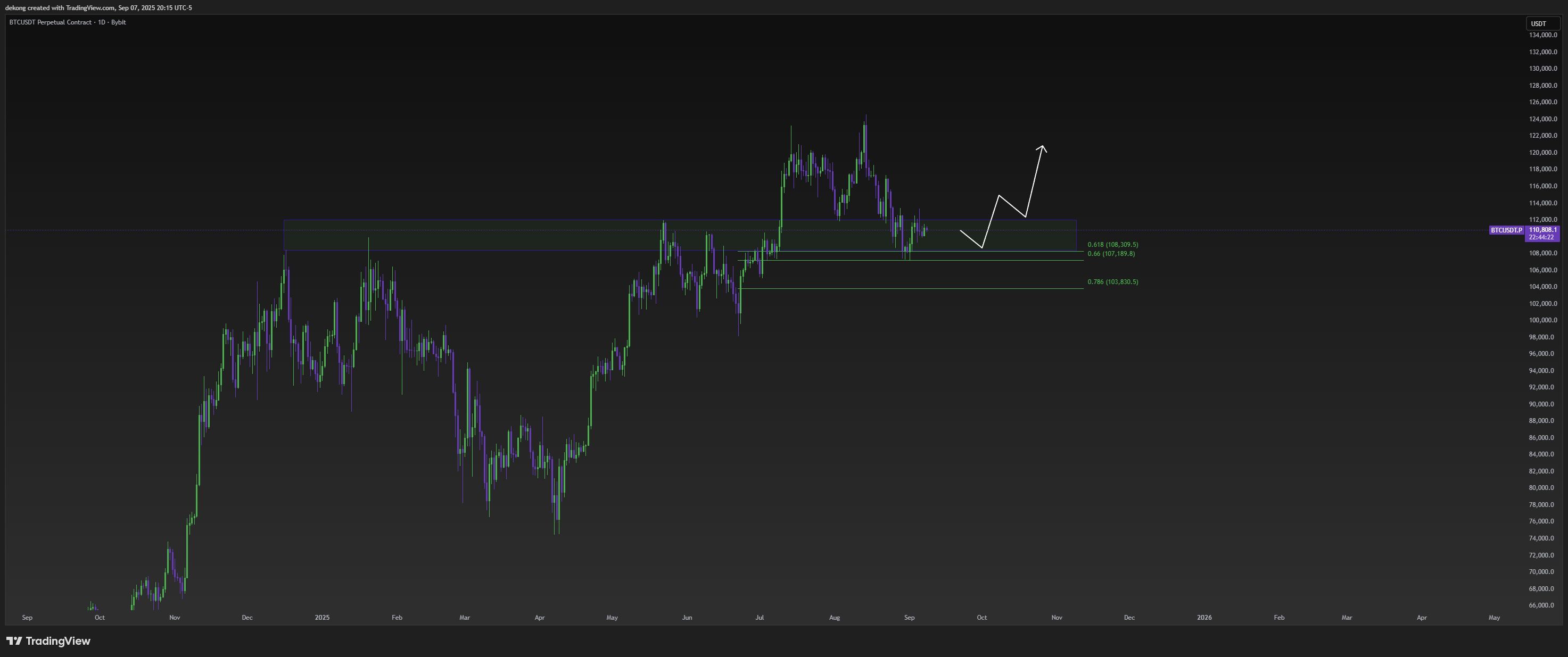Bitcoin Price Predictions 2025: Navigating the Bull Market
🚀 Latest Bitcoin Price Predictions: Bull Run to Continue in 2025!
With Bitcoin currently trading around $113,762, experts are overwhelmingly bullish on BTC's future prospects. Here's what the latest analysis reveals about Bitcoin's price trajectory:
💰 2025 Price Targets:
-
Conservative estimates: $120,000 - $135,000
Bullish predictions: $150,000 - $175,000
Ultra-bullish: Up to $230,000 (Digital Coin Price)
Cathie Wood (Ark Invest): Path to $1 million within 5 years
📈 Key Price Predictions by Year:
-
2025: Average $125,027 (range: $84,643 - $181,064)
2026: Average $111,187 (range: $95,241 - $150,000)
2030: Average $266,129 (range: $198,574 - $500,000)
Long-term: Some analysts predict $900K+ by 2030
🎯 What's Driving the Bullish Outlook:
-
Post-halving momentum (April 2024 halving reducing supply)
Massive institutional adoption via Bitcoin ETFs
Growing acceptance as digital gold and inflation hedge
Potential Federal Reserve rate cuts boosting risk assets
Strong political support and clearer regulations
📊 Technical Analysis Insights:
-
200-day moving average trending upward since January 2025
Current RSI in neutral zone (30-70), indicating room for growth
Fear & Greed Index at 50 (neutral), historically preceding rebounds
14/30 green days in the last month showing resilience
⚡ Key Catalysts to Watch:
-
Bitcoin ETF approvals at major wirehouses (Q3-Q4 2025)
Institutional "basis trade" adoption accelerating
Potential shift from retail to institutional investor flows
Macroeconomic stability supporting risk-on sentiment
🔮 Expert Highlights:
-
Bernstein: Revised target from $150K to $200K by end-2025
PlanB: Stock-to-flow model suggests $1M possible by 2025
Bloomberg: Conservative $100K target based on historical cycles
Chamath Palihapitiya: $500K by October 2025
⚠️ Risk Factors:
-
High volatility remains (1.78% daily price swings)
Regulatory uncertainties in various jurisdictions
Competition from other cryptocurrencies
Macroeconomic headwinds and geopolitical tensions
Bottom Line: Despite short-term volatility, the consensus among analysts points to continued Bitcoin appreciation driven by institutional adoption, post-halving dynamics, and its growing role as a digital store of value. The next 12-18 months could be pivotal for BTC reaching new all-time highs.
Current market conditions suggest this could be an opportune time for long-term investors, though as always, conduct your own research and invest responsibly.
Read more detailed analysis and expert insights: 👇 https://blog.jucoin.com/what-are-the-latest-bitcoin-price-predictions/?utm_source=blog
#Bitcoin #BTC


JU Blog
2025-08-22 11:03
Bitcoin Price Predictions 2025: Navigating the Bull Market
Disclaimer:Contains third-party content. Not financial advice.
See Terms and Conditions.




